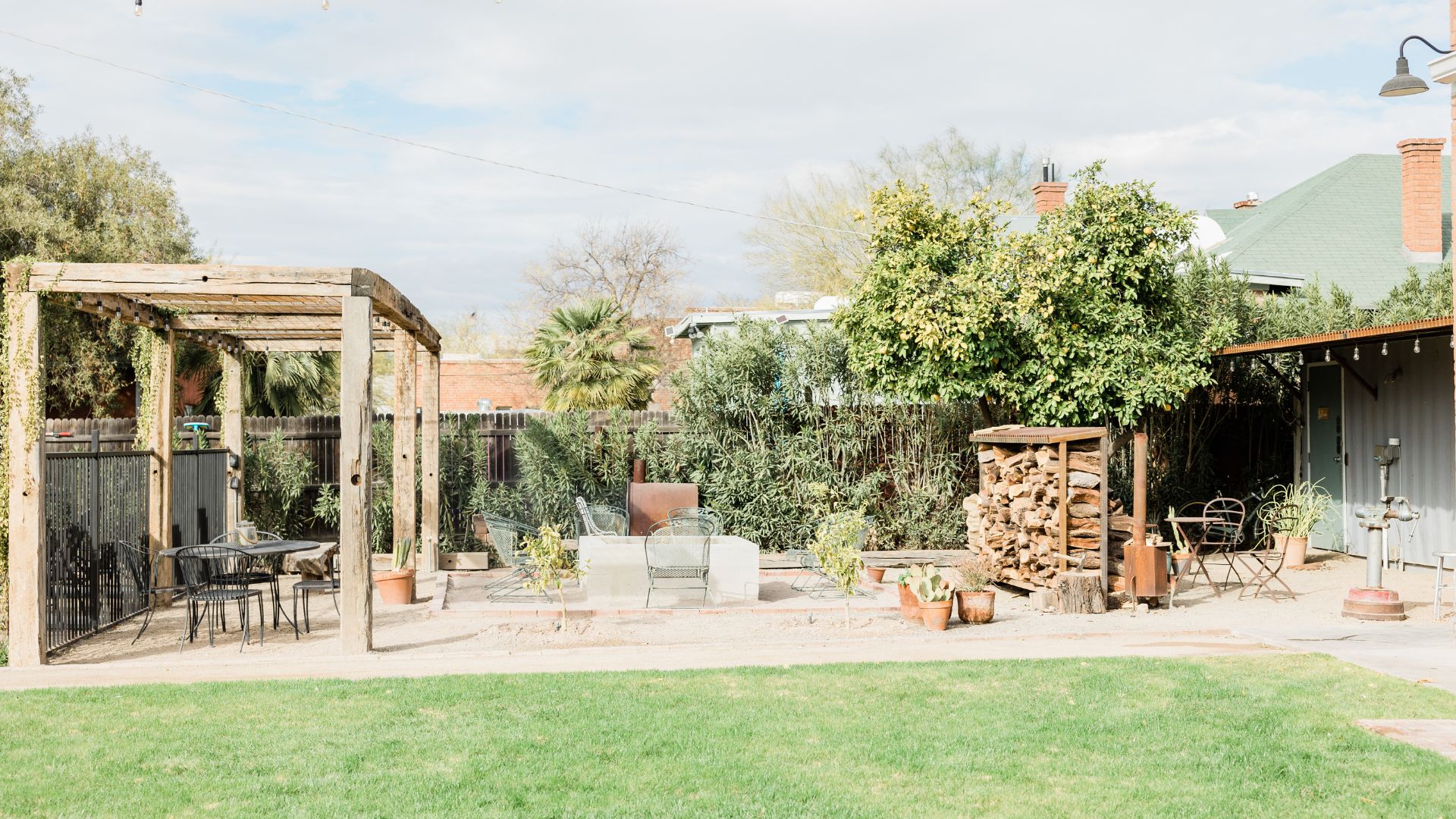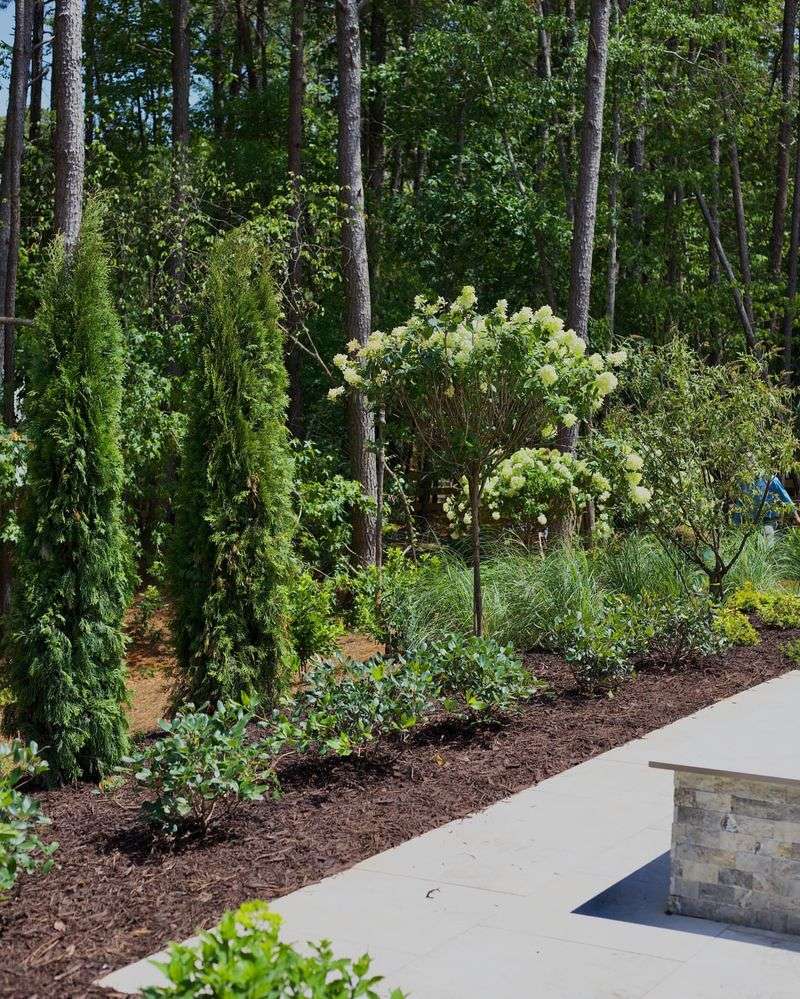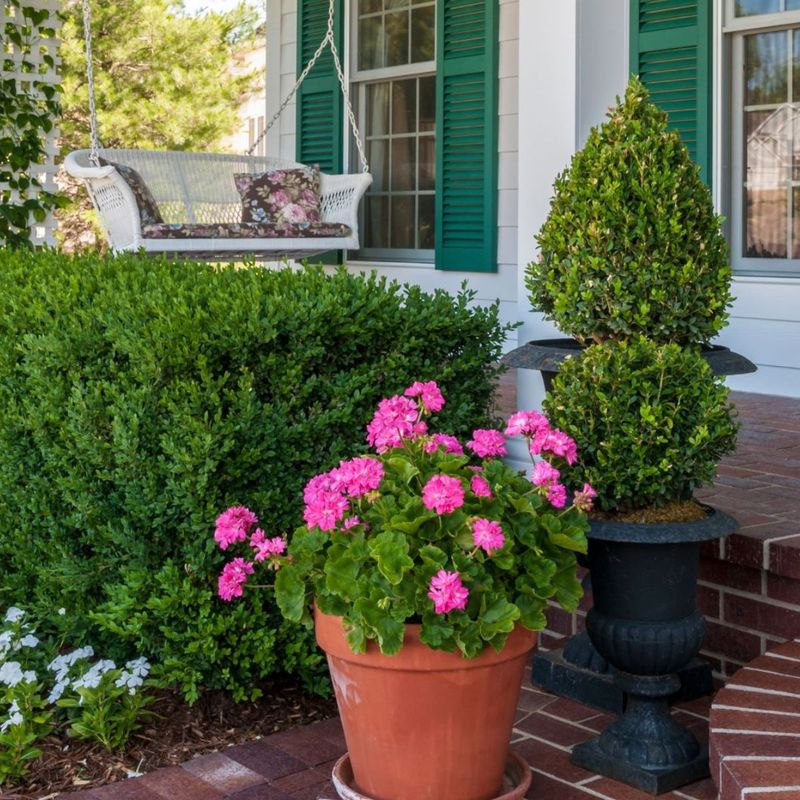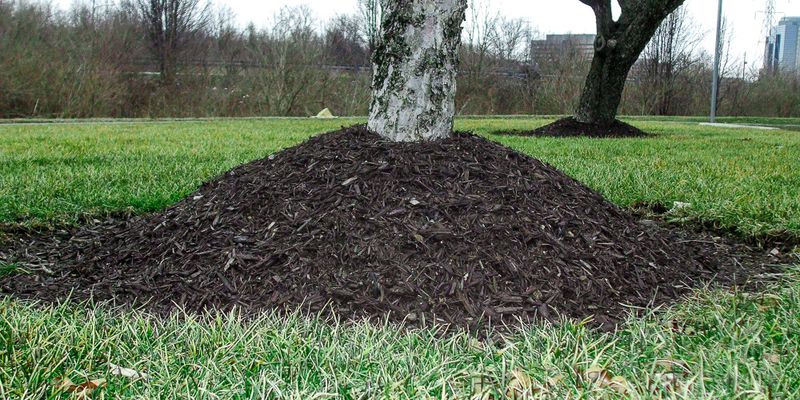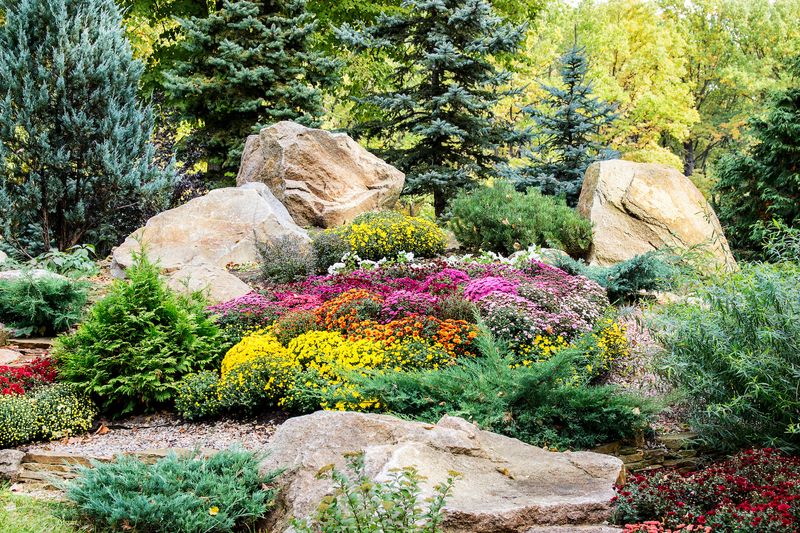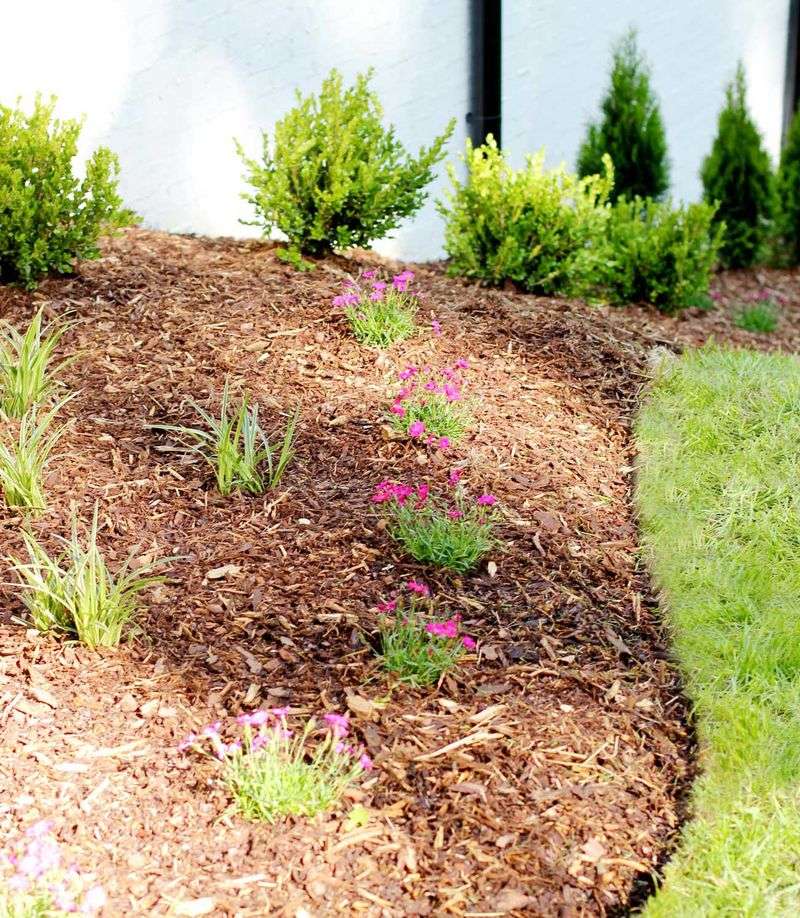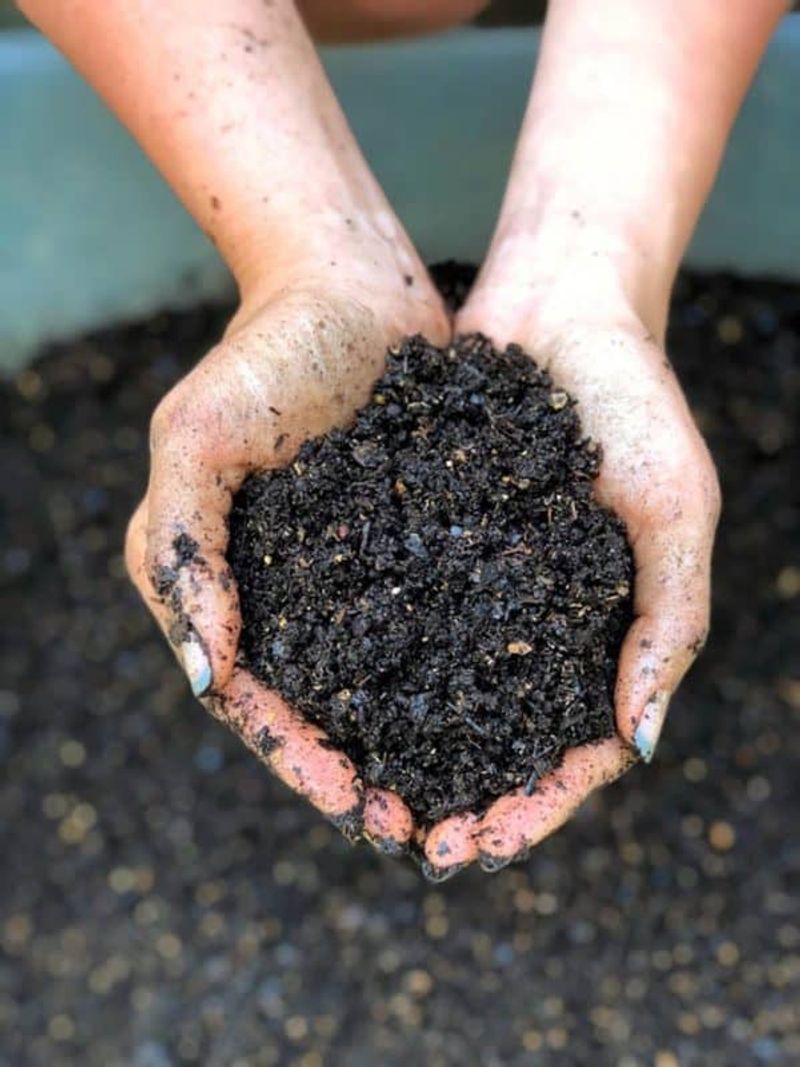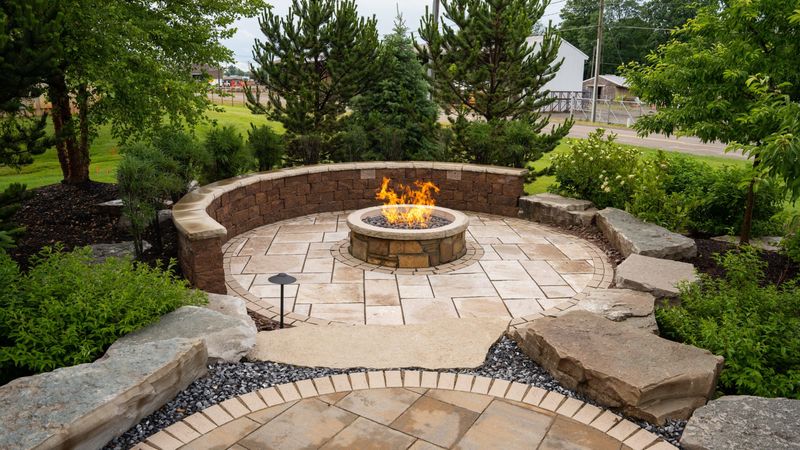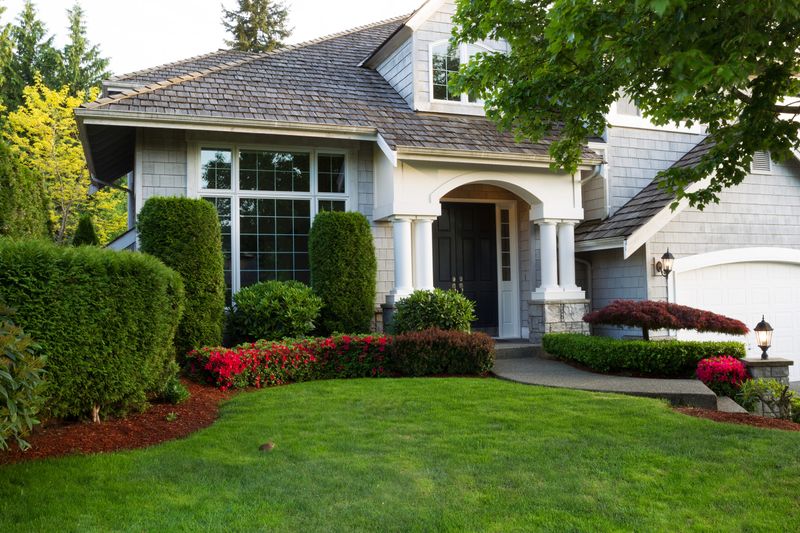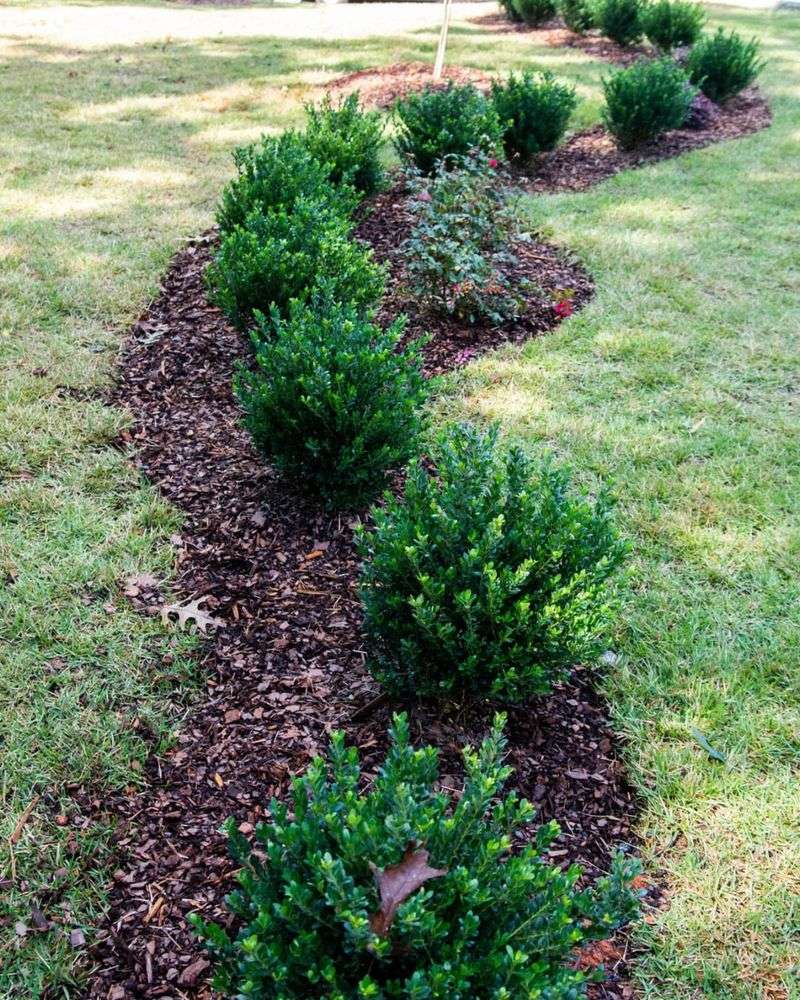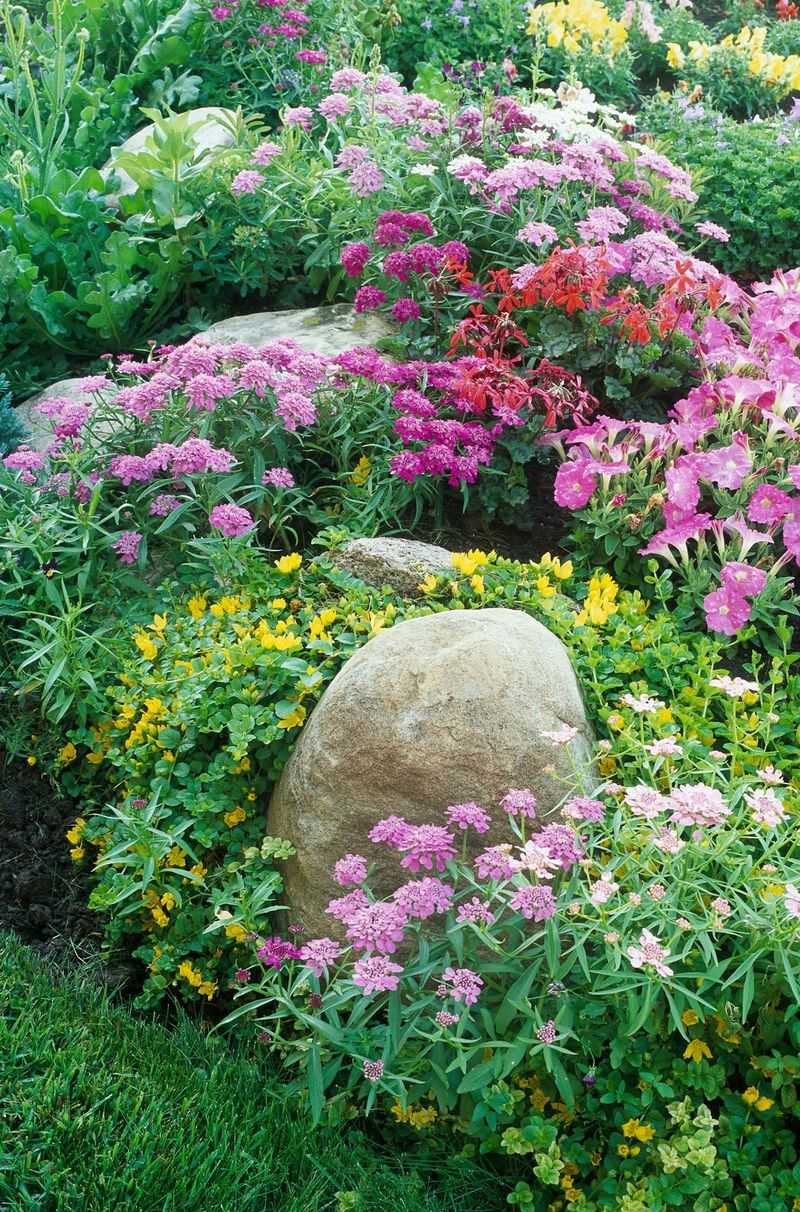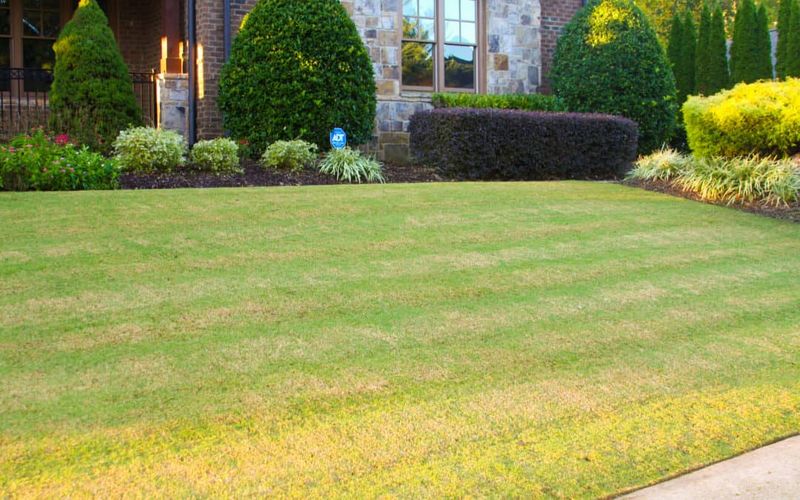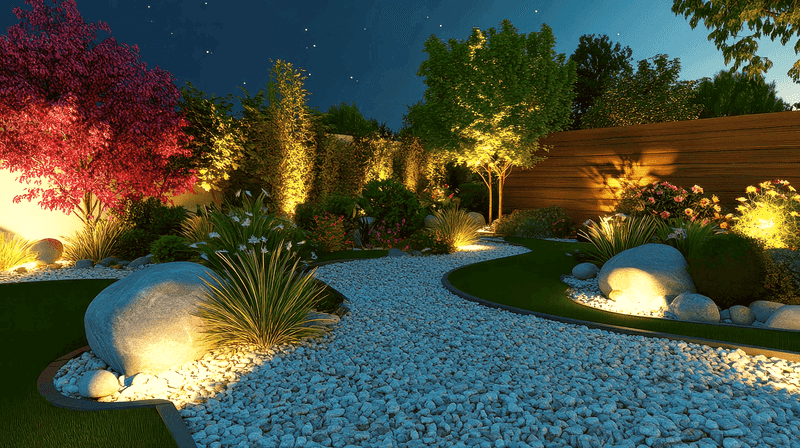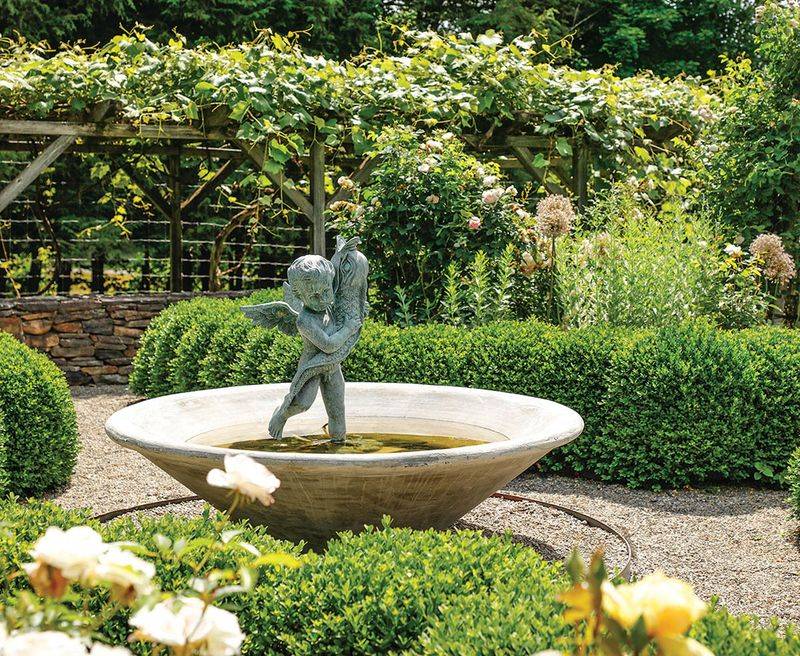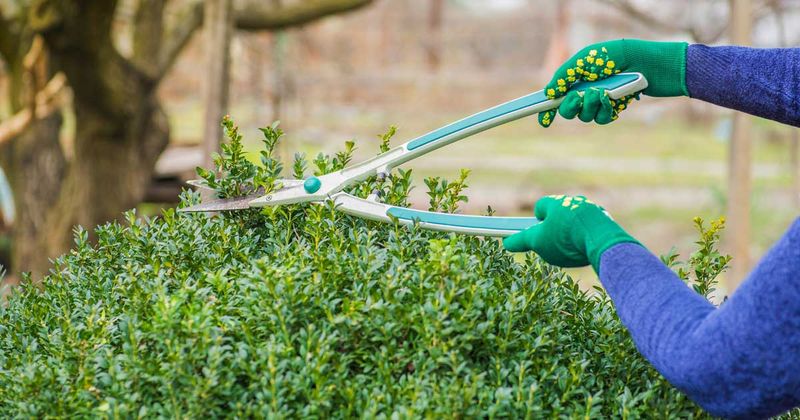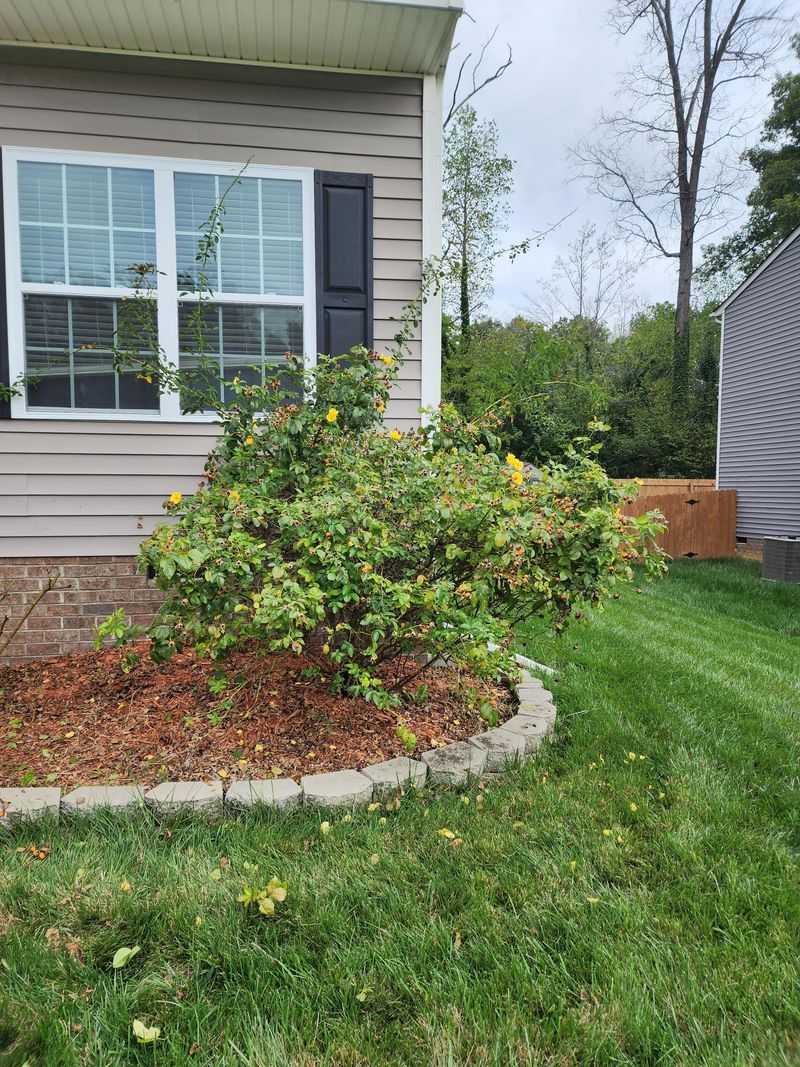Georgia yards come with their fair share of hurdles—scorching summer heat and sticky clay soil can sabotage even the best landscaping intentions. After fifteen years in the business, I’ve seen the same missteps crop up time and again.
These blunders don’t just dull your curb appeal—they can knock down your home’s value too. One major offender? Overgrown or patchy lawns. They scream neglect and compete with tree roots for nutrients in our dense soil. Swap them for drought-tolerant turf alternatives or lush ground covers that thrive here and look polished with far less effort.
Another common misstep is planting too close to the house or ignoring drainage patterns. It leads to water damage, root rot, or pest issues that can spiral fast. Smart spacing, well-placed gravel beds, and native plants are simple upgrades that save money and boost your yard’s charm.
1. Mismatched Plant Heights Creating Visual Chaos
Walking through neighborhoods in Alpharetta last week, I noticed yards where tall grasses blocked shorter flowering plants. This arrangement wastes your garden’s potential and creates a jumbled appearance.
Georgia’s growing season allows for strategic layering. Place taller plants at the back of beds, medium-height varieties in the middle, and ground covers or border plants in front.
The transformation is immediate when plants are arranged by height. Your yard suddenly has depth, dimension, and a sense of intentional design—qualities that instantly communicate care and planning.
2. Scattered Plastic Pots Killing Your Curb Appeal
Those black plastic nursery containers scattered around your yard are an instant sign of amateur landscaping. I cringe whenever I spot them still housing plants months after purchase.
Plastic pots restrict root growth and quickly degrade in Georgia’s intense summer sun. Transfer plants to the ground or decorative containers that complement your home’s exterior colors and materials.
Consider investing in a few quality ceramic, concrete, or metal planters for specimen plants. Group containers of varying heights for an intentional display rather than a random collection of afterthoughts.
3. Over-Mulching That Suffocates Your Trees
The infamous “mulch volcano” appears in countless Georgia yards each spring. Piling mulch against tree trunks might seem protective, but it actually promotes disease and pest problems while slowly killing your trees.
Pull mulch at least 3-4 inches away from tree trunks to create a donut shape, not a volcano. Maintain a 2-3 inch layer of mulch—anything more wastes money and harms plants.
Quality matters too. Skip the dyed red mulch that screams “budget landscaping” and opt for natural pine straw or hardwood mulch that breaks down to enrich Georgia’s naturally acidic soil.
4. Random Plant Placement Without Purpose
Impulse-buying plants at the garden center without a plan is like grocery shopping when hungry. You end up with a yard full of mismatched specimens that compete visually and literally for resources.
Start with a simple sketch dividing your yard into “rooms” with specific purposes—perhaps a shade garden under that massive Georgia pine or a butterfly garden in your sunniest spot.
Group plants in odd numbers (3, 5, 7) for natural-looking clusters. Repeat key plants throughout your landscape to create rhythm and cohesion—a technique called “mass planting” that instantly elevates your yard’s professional appearance.
5. Neglected Lawn Edges Creating Sloppy Borders
Nothing says “I don’t care” quite like grass creeping into flower beds or spilling onto sidewalks. These ragged transitions instantly cheapen your yard’s appearance, no matter how nice your plantings might be.
Invest in a quality edging tool and create clean, defined lines between your lawn and garden beds. Consider installing permanent edging—metal, stone, or brick—to maintain that crisp separation with minimal maintenance.
Honestly, this is one of those details I always notice when visiting friends’ homes. Sharp edges signal attention to detail and create the framework that makes everything else in your yard look more intentional.
6. Ignoring Your Soil’s Specific Needs
Georgia’s famous red clay soil presents unique challenges. Many homeowners waste money planting without addressing this fundamental issue first, resulting in stunted plants and patchy lawns.
Test your soil before planting anything significant. Most Georgia soils need organic matter incorporation and often pH adjustment—our soils tend toward acidity, which many common landscape plants dislike.
I’ve transformed countless struggling yards by simply improving the soil first. For quick results, top-dress existing beds with compost and incorporate organic matter when planting. Your plants will reward you with vigor that no amount of fertilizer can replicate in poor soil.
7. Mismatched Hardscaping Materials Creating Confusion
Walking through a Decatur neighborhood recently, I spotted a yard with concrete pavers, red brick accents, and random stone features—none of which related to the house materials. This hodgepodge approach screams “DIY gone wrong.”
Look at your home’s exterior materials first. Your hardscaping should complement, not compete with, your house. Limit yourself to 2-3 complementary materials maximum throughout your landscape.
Consistency in materials creates a sense of intention and permanence. Even simple projects like a gravel path look expensive when the material choices are consistent and tied to your home’s architectural style.
8. Planting Without Considering Mature Size
Those cute little shrubs from the nursery won’t stay small forever. I’ve seen countless Georgia homes where foundation plantings now block windows or crowd walkways because nobody considered mature dimensions.
Read plant tags carefully and place plants based on their eventual size, not how they look today. Allow proper spacing between plants—they should barely touch at maturity, not overlap significantly.
For immediate impact while waiting for properly-spaced shrubs to fill in, use perennials or annuals between young woody plants. You’ll get the fuller look you crave while allowing proper development of your structural plants.
9. Choosing Plants That Fight Georgia’s Climate
I’ve watched neighbors struggle to grow blue hydrangeas in full Georgia sun or plant cool-season grasses that brown by July. Working against our climate creates a perpetually stressed, unhealthy landscape.
Embrace plants that thrive in our hot, humid conditions. Native options like oakleaf hydrangea, Georgia aster, and muhly grass require less water and maintenance while providing year-round interest.
Consider your specific microclimate too. North Georgia mountain homes have different conditions than coastal properties. Working with our climate rather than fighting it results in a yard that looks effortlessly beautiful rather than perpetually struggling.
10. Neglecting Seasonal Interest For Year-Round Appeal
Many Georgia yards look fantastic in spring but become barren, uninteresting spaces by August. This seasonal one-hit-wonder approach makes your landscape look incomplete and poorly planned.
Map out your garden’s seasonal highlights and identify gaps. Our long growing season allows for multiple waves of interest—early spring bulbs, summer perennials, fall color, and winter structure.
Incorporate plants with multiple seasons of appeal. Serviceberry offers spring flowers, summer berries, fall color and attractive winter bark. Evergreens provide structure when deciduous plants are bare. A thoughtfully planned yard should never have a “dead” season.
11. Overlooking Proper Lawn Care Fundamentals
Driving through Atlanta suburbs, I notice lawns that are over-watered, under-mowed, or improperly fertilized. These basic maintenance mistakes make even expensive landscapes look neglected.
Warm-season grasses like Bermuda and Zoysia—Georgia’s most common lawn types—need specific care. Set mowing heights correctly (Bermuda: 1-1.5 inches; Zoysia: 1-2 inches) and follow proper seasonal fertilization schedules.
Water deeply but infrequently to encourage deep root growth. Many Georgia homeowners water daily for short periods, creating shallow-rooted lawns susceptible to drought stress. Proper maintenance transforms your lawn from a patchy embarrassment to a lush carpet framing your landscape.
12. Forgetting About Nighttime Landscape Lighting
Daytime-only landscaping ignores nearly half the time your yard could be making an impression. I’ve transformed countless ordinary Georgia yards into magical evening spaces with strategic lighting.
You don’t need elaborate systems. Start with path lighting for safety, then add uplighting on key trees or architectural features. Solar options have improved dramatically, though wired systems offer more reliability and brightness.
Avoid the runway effect of evenly-spaced path lights. Instead, place lights to highlight landscape features and create pools of light and shadow. Good lighting transforms your yard from a nighttime void into an extension of your living space.
13. Choosing Arbitrary Lawn Ornaments Without Purpose
Random collections of garden gnomes, plastic animals, or mismatched statuary scattered throughout a yard create visual clutter rather than points of interest. I see this mistake throughout Georgia neighborhoods of all price points.
If you love decorative elements, select pieces that complement your home’s style and use them sparingly as focal points. Quality matters more than quantity—one well-placed interesting piece beats a dozen bargain items.
Consider scale too. A tiny statue lost in a large bed appears random, while appropriately-sized art anchors a space. Garden art should enhance your landscape’s story, not compete with it or create a disconnected collection.
14. Improper Pruning Creating Unnatural Shapes
Those perfectly round shrubs lined up like green meatballs along foundations scream “outdated landscaping” to any professional. I see this throughout Georgia’s older neighborhoods, where decades of improper pruning have ruined plants’ natural forms.
Most shrubs look best when allowed to grow in their natural shape with selective pruning to enhance that form. Prune to remove deadwood, control size, or direct growth—not to create artificial shapes.
If you’ve inherited over-pruned shrubs, you have options. Some can be rejuvenated with proper pruning over several seasons. Others might need replacement. Either approach yields a more sophisticated landscape than continuing the “green meatball” tradition.
15. Forgetting To Frame Your Home’s Best Features
Your landscape should complement your home, not compete with or hide it. Driving through Savannah recently, I noticed how the best yards created perfect frames for architectural features while problem yards obscured them.
Look at your home objectively. Identify architectural elements worth highlighting—perhaps a beautiful front door, interesting windows, or stone detailing. Design plantings to draw attention to these features.
Avoid placing trees where they’ll block key views or architectural elements. Instead, use them to frame views or provide background structure. Your landscape and home should read as a single cohesive design, not separate competing elements.
16. Installing Undersized Beds That Look Tacked-On
Those skinny 2-foot foundation beds barely extending beyond the gutter line make your house look like it’s sitting on a lawn, not nestled within a landscape. This beginner mistake is particularly obvious in newer Georgia subdivisions.
Properly scaled beds should be at least 5-8 feet wide at minimum, wider at corners and key focal points. The scale should match your home—larger houses need proportionally larger beds.
Expanding existing beds is one of the highest-impact changes you can make. Create generous, curved beds with proper depth that allow for layered plantings. Your yard instantly gains sophistication when the proportions between hardscape, plantings, and lawn are balanced.

